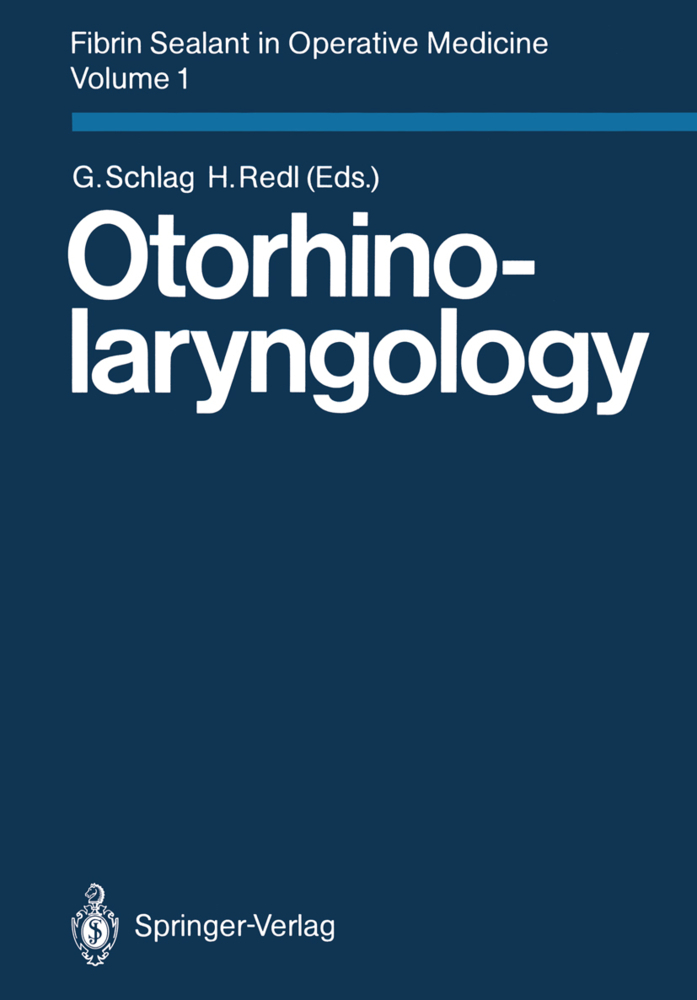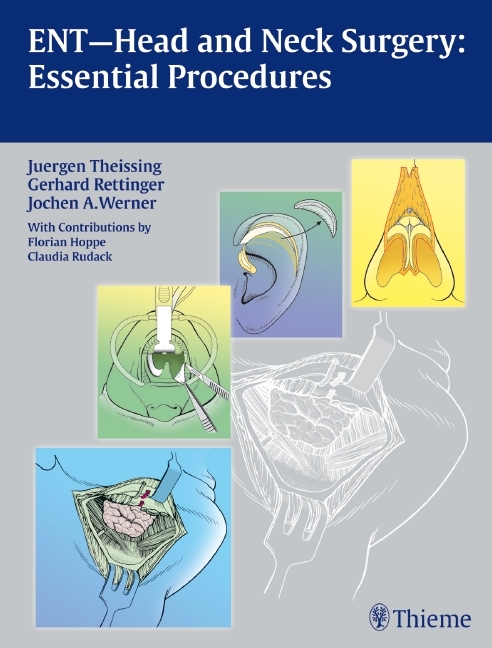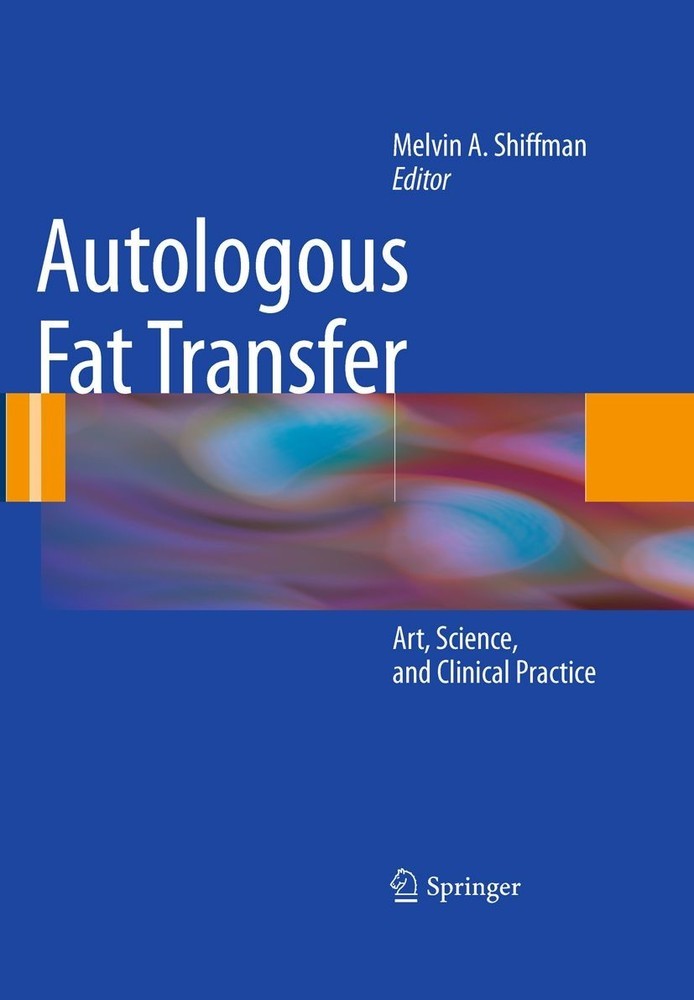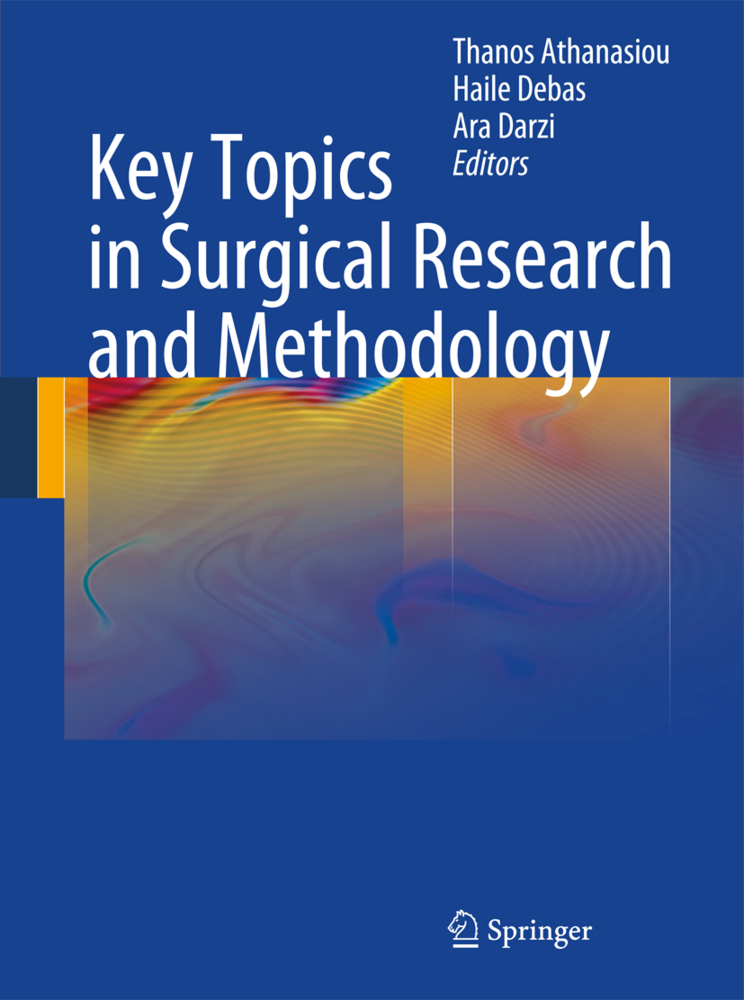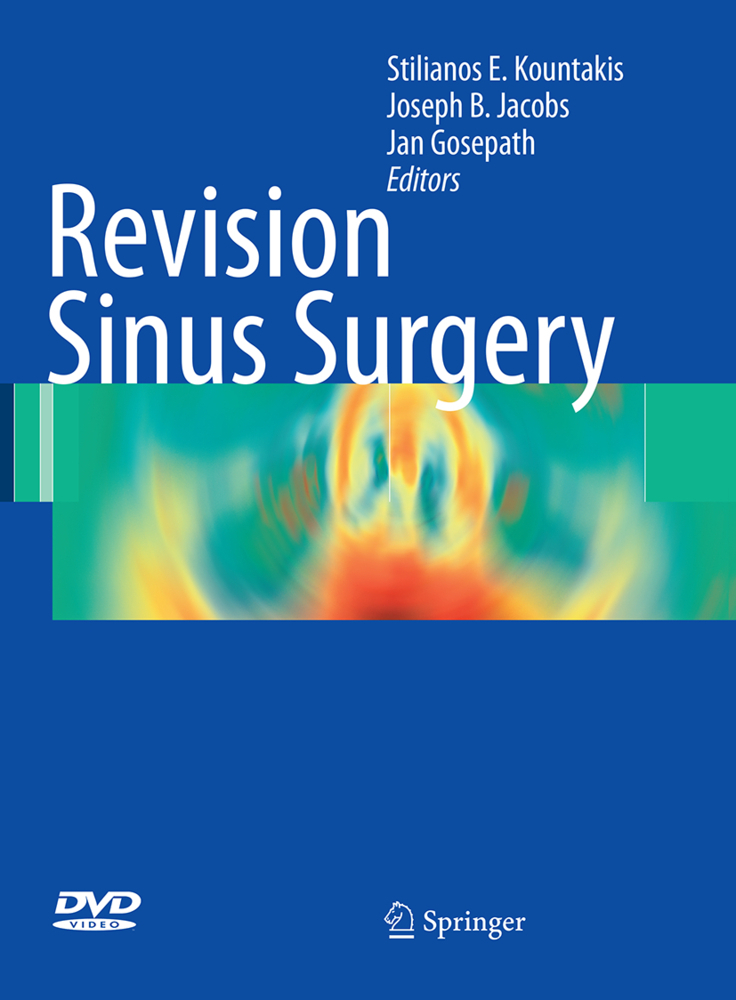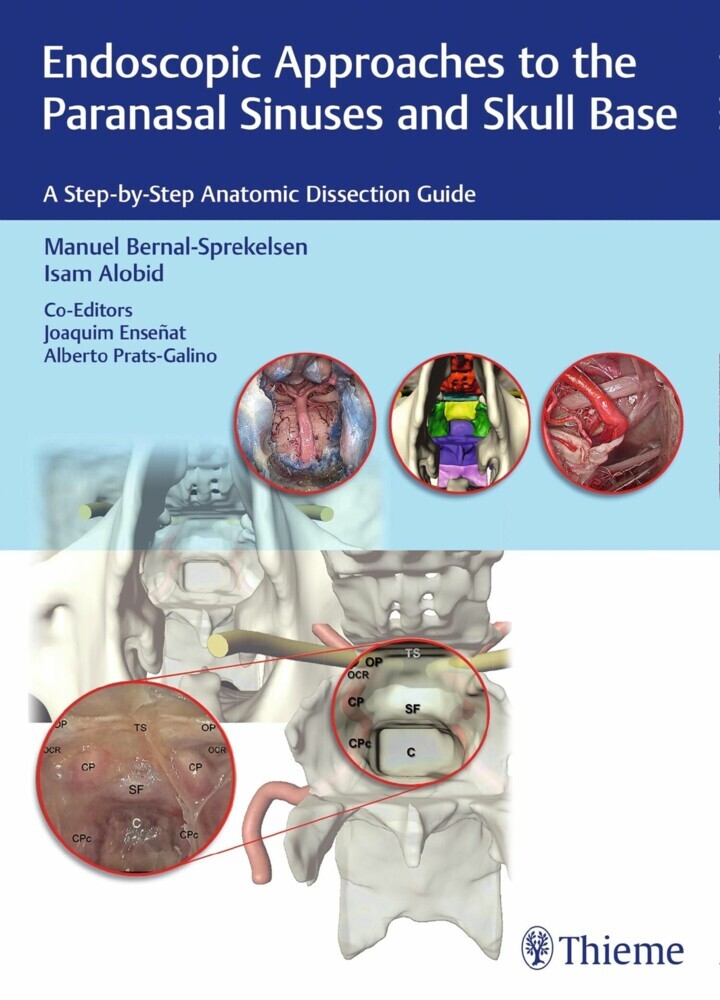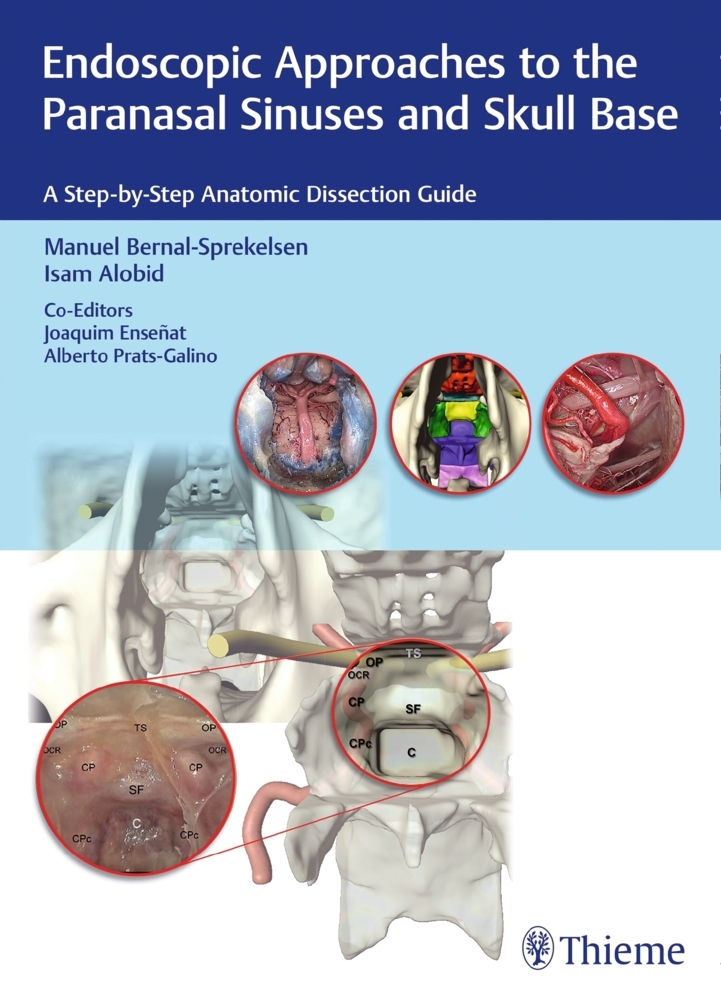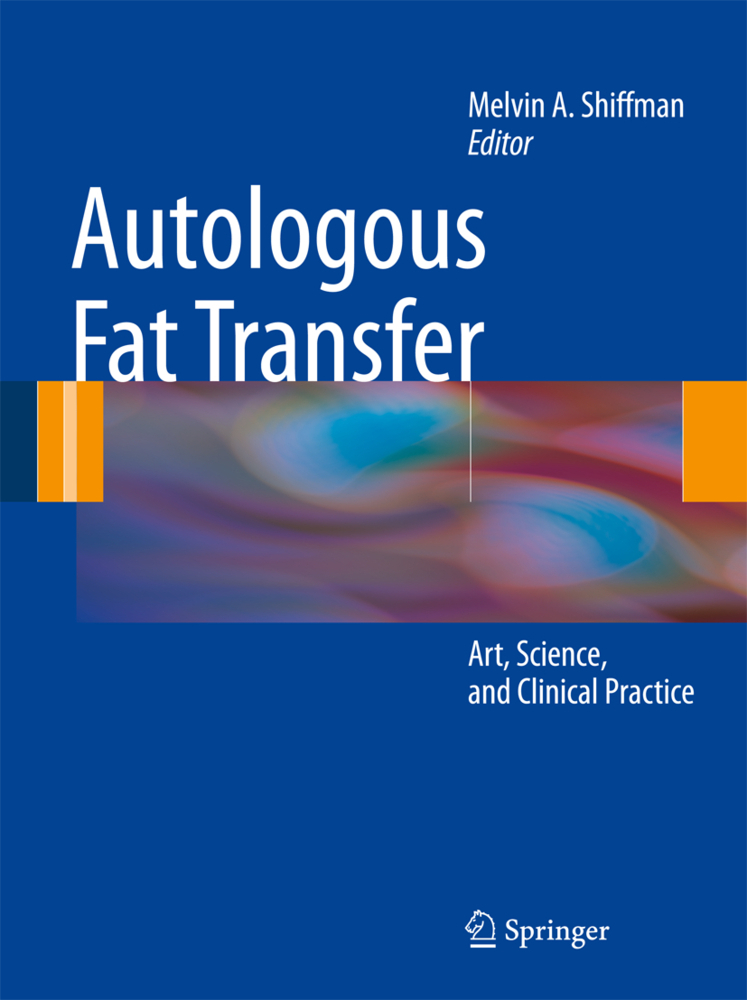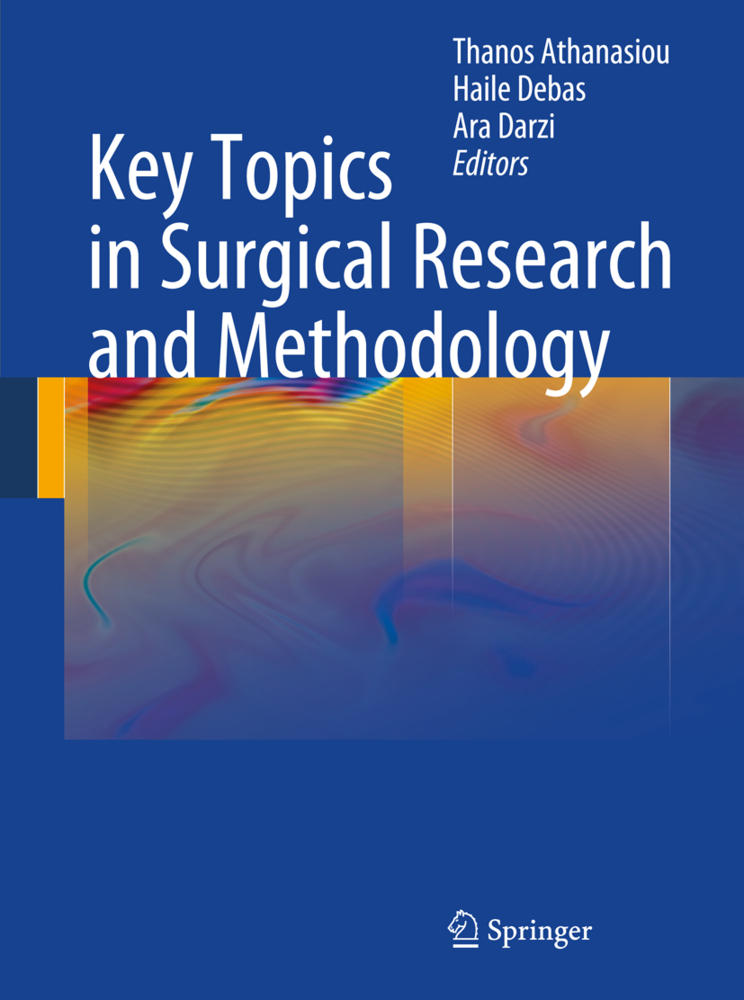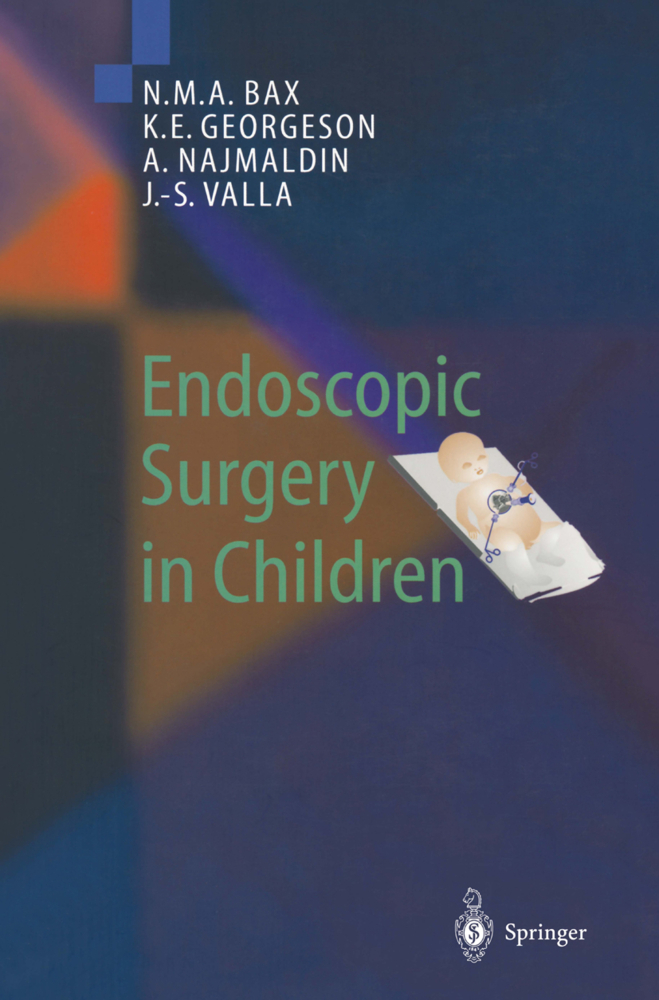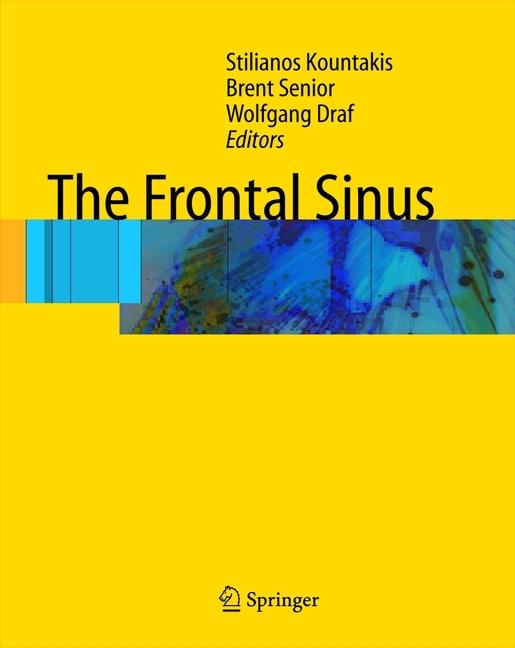Fibrin Sealant in Operative Medicine
Volume 1: Otorhinolaryngology
Fibrin Sealant in Operative Medicine
Volume 1: Otorhinolaryngology
Fibrin plays a prominent role in wound healing. It has a hemostatic effect, induces cellular response to wound damage,' and, by forming strands to build a matrix, assists in neovascularization and fibroblast proliferation. The concept of using clotting substances from human blood for wound manage ment and to achieve hemostasis in bleeding parenchymatous organs can be traced to 1909, when Bergel [1] reported on the hemostatic effect of fibrin powder. In 1915, Grey [3] employed fibrin to control bleeding in neurosurgical operations of the brain. A year later, Harvey [4] used fibrin patches to stop bleeding from parenchy matous organs in general surgery. It took more than two decades for this ingenious idea to be rediscovered. In 1940, Young and Medawar [8] reported on experimental nerve anastomosis by sealing. Similarly, Tarlov and Benjamin [7] reunited nerves with plasma clots in 1943. Tarlov improved the results obtained with clot anastomosing of nerves by avoiding tension at the nerve stumps. In 1944, Cronkite et al. [2] reported on an initial series of eight cases in which fibrinogen and thrombin had been used successfully for anchoring skin grafts.
Fibrin Sealant and Its Modes of Application
Properties of Different Tissue Sealants with Special Emphasis on Fibrinogen-Based Preparations
Lysis and Absorption of Fibrin Sealant (Tissucol/Tisseel) (In Vitro and in Vivo Experiments)
Preliminary Results of a Randomized Controlled Study on the Risk of Hepatitis Transmission of a Two-Component Fibrin Sealant (Tissucol/Tisseel)
II. Otorhinolaryngology
Remarks on a Daily Use of Tissucol (Tisseel) during 5 Years in Otology and Otoneurosurgery
Selected Aspects of ENT Surgery in Central Midfacial Lesions
Use of Fibrin Glue in Otorhinolaryngology
Endoscopic Lateral Cordopexy
The Use of Fibrin Sealant in Ear, Nose and Throat Surgery
The Use of Fibrin Glue in Tympanoplasty
Tissucol (Tisseel) in Tympanoplasty: Personal Observations
The Use of Fibrin Sealant in Middle Ear Surgery and in Otoneurosurgery
Simplified Application of Fibrinous Glue in Middle-Ear Surgery
A New Application Method for Fibrin Sealant: The Glue Gun
Fibrin Sealant (Tissucol/Tisseel) in Ear Surgery (A 4-Year Experience)
En Bloc Ethmoidectomy Through the Combined Craniofacial Approach: Surgical Technique
Local Application of Human Fibrin Seal (Tissucol/Tisseel) in Tonsillectomies and Adenectomies in Patients with Bleeding Disorders. Ten Years' Clinical Experience
The Use of Fibrin Glue in Auricular Surgery
Reconstruction of the Open Mastoidectomized Ear: Two Surgical Techniques
Fibrinogen Glue in Reconstructive Surgery of the Skull Base.
I. Principles of Fibrin Sealing
The Importance of Fibrin in Wound RepairFibrin Sealant and Its Modes of Application
Properties of Different Tissue Sealants with Special Emphasis on Fibrinogen-Based Preparations
Lysis and Absorption of Fibrin Sealant (Tissucol/Tisseel) (In Vitro and in Vivo Experiments)
Preliminary Results of a Randomized Controlled Study on the Risk of Hepatitis Transmission of a Two-Component Fibrin Sealant (Tissucol/Tisseel)
II. Otorhinolaryngology
Remarks on a Daily Use of Tissucol (Tisseel) during 5 Years in Otology and Otoneurosurgery
Selected Aspects of ENT Surgery in Central Midfacial Lesions
Use of Fibrin Glue in Otorhinolaryngology
Endoscopic Lateral Cordopexy
The Use of Fibrin Sealant in Ear, Nose and Throat Surgery
The Use of Fibrin Glue in Tympanoplasty
Tissucol (Tisseel) in Tympanoplasty: Personal Observations
The Use of Fibrin Sealant in Middle Ear Surgery and in Otoneurosurgery
Simplified Application of Fibrinous Glue in Middle-Ear Surgery
A New Application Method for Fibrin Sealant: The Glue Gun
Fibrin Sealant (Tissucol/Tisseel) in Ear Surgery (A 4-Year Experience)
En Bloc Ethmoidectomy Through the Combined Craniofacial Approach: Surgical Technique
Local Application of Human Fibrin Seal (Tissucol/Tisseel) in Tonsillectomies and Adenectomies in Patients with Bleeding Disorders. Ten Years' Clinical Experience
The Use of Fibrin Glue in Auricular Surgery
Reconstruction of the Open Mastoidectomized Ear: Two Surgical Techniques
Fibrinogen Glue in Reconstructive Surgery of the Skull Base.
| ISBN | 978-3-540-16734-1 |
|---|---|
| Artikelnummer | 9783540167341 |
| Medientyp | Buch |
| Copyrightjahr | 1986 |
| Verlag | Springer, Berlin |
| Umfang | XIV, 163 Seiten |
| Abbildungen | XIV, 163 p. 63 illus. |
| Sprache | Englisch |

